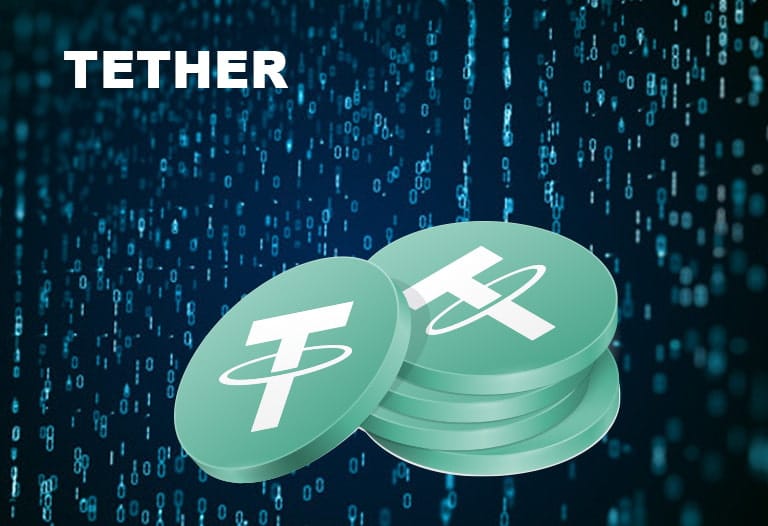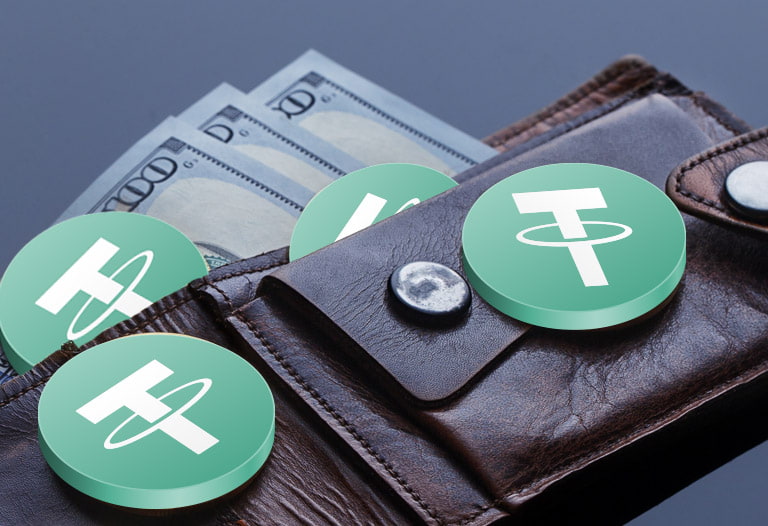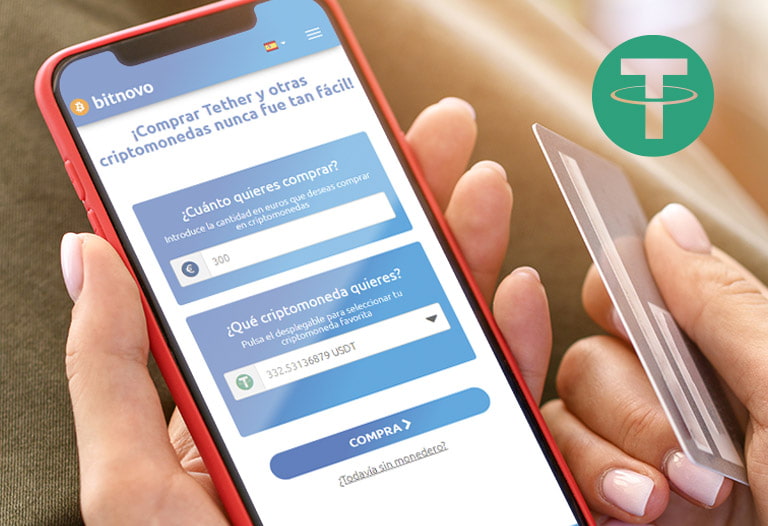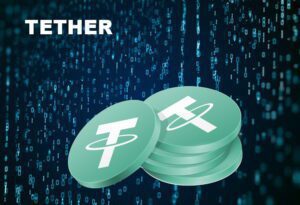
Table of Contents
ToggleYou have probably heard about USDT, but what exactly is it? Tether is a cryptocurrency that belongs to the group of stablecoin or stable cryptocurrencies created by the company Tether Limited. The particularity of this currency is that it is pegged at a 1:1 parity to the USD or US dollar. It also represents the euro through its EURT token and plans to work with the Japanese yen in the future.
According to Tether Limited, Tether’s reserves are backed by the FIAT reserve, that is, the same amount of USDT in circulation is held in US dollars in the company’s reserves. The difference in the use of this cryptocurrency is that no matter what the U.S. dollar costs, Tether will maintain the same value, since a stablecoin maintains the value of the currency that backs it. USDT thus avoids the volatility that characterizes most common cryptocurrencies.
History of Tether
It all started in 2014 when the creator of ICOs, J.R Willet began to gestate the idea of the creation of Tether. While Willet was working on MasterCoin, Brock Pierce and Craig Sellar were working on its development. In 2014 both developers presented a project called Realcoin under the Omni Layer protocol, an enhanced version of MasterCoin.
Under this protocol both creators were able to use Bitcoin’s blockchain technology thanks to the Omni Layer protocol. Acting on a second layer built on top of the Bitcoin protocol.
Realcoin changed its name to Tether (USDT) on November 20, 2014. On that day Tether CEO Reeve Collins not only announced the name change, but also indicated the creation of three new currencies: USTether (USDT), EuroTether (EURT) and YenTether (YENT). Thus, three new stablecoins were launched on the market.
The project began to grow rapidly in late 2014 and early 2015. During its evolution, in 2017 it was announced that Tether could be used on top of Litecoin’s Omni layer, although due to little interest in continuing the Litecoin project was abandoned. However, a few months later it would start producing additional ERC-20 Tether tokens for U.S. dollars and euros on the Ethereum blockchain.
This is how Tether had a presence on two of the most important platforms in the crypto world, Bitcoin and Ethereum. Thanks to this track record, Tether’s presence on trading platforms was boosted and continued to develop until the present day. Today, the market capitalization of this innovative project is more than US$16 million.

How does Tether work?
Tether’s operation is driven by the Omni protocol which runs on a blockchain. In this way, the cryptocurrency inherits the properties of the tokens used in the blockchain while benefiting from the capabilities it possesses.
The Tether project currently runs on Bitcoin, Ethereum, Tron, Liquidity Network and EOS. It allows users to store assets, links and perform transactions. Tether stands for transparency so its transaction log is public.
To ensure users’ peace of mind USDT created the Proof of Reserves, in this way the system links the blockchain to the accounting of their bank accounts to carry out the “tether equivalence“, thus ensuring the 1:1 collateralization ratio with the US dollar.
To use USDT from the start, the first step is to go to the official website and register. Next, an identification process is carried out with real data. This data includes last name, financial address and even contact number. In case you do not want to go through this process, another way to get this cryptocurrency is through the exchanges, although you will still have to identify yourself.
If a user wants to exchange fiat currency for USDT it is as easy as depositing the dollars into the Tether Limited account and then the company generates and deposits the USDT into the user’s bank account. If, on the other hand, the user wants to exchange USDT for USD(US dollars), he/she will have to deposit it in the Tether Limited account and exchange it for dollars. The company will destroy the USDT and send the fiat currency to the user’s account.
USDT Wallets
If you want to buy Tether you will know that you need a wallet. Not just any wallet will do for any type of cryptocurrency. For this reason, here are some wallets that will be great for you depending on the type of storage you are looking for.
First of all we have the hardware storage. This type of wallet stores your private key, making it impossible to access it from the network, which provides security for your cryptocurrencies. An example of hardware storage you can use is Ledger Nano x. Here you can securely store any digital asset.
For desktop wallets, you can opt for Exodus. This wallet has a very simple and clear interface which makes it ideal for getting started in the world of cryptocurrencies. Not only will you be able to store USDT but it gives you the ability to store around 100 tokens.

Tether vs Bitcoin
Both cryptocurrencies operate on the same blockchain but are very different. Let’s take a look at some of their differences.
- While Tether is owned by Tether Limited, Bitcoin is a fully decentralized cryptocurrency.
- USDT(Tether) has no volatility issues while Bitcoin is a totally volatile cryptocurrency.
- Bitcoin has hundreds of miners working daily to mine bitcoins while Tether is not minable.
- USDT is limited to the production deemed by the company to which it belongs, Tether Limited while Bitcoin is capped at 21 million.
Where to buy Tether (USDT)?
If you want to buy USDT, of course we are going to recommend you to do it from Bitnovo. And this is not simply because we are inside the brand’s blog, but because Bitnovo is really a fast and secure way to buy your cryptocurrencies.
Our goal as a company is to make it possible for a person new to the crypto world to buy any cryptocurrency in a matter of minutes, without experiencing the problems that most crypto exchanges have.







